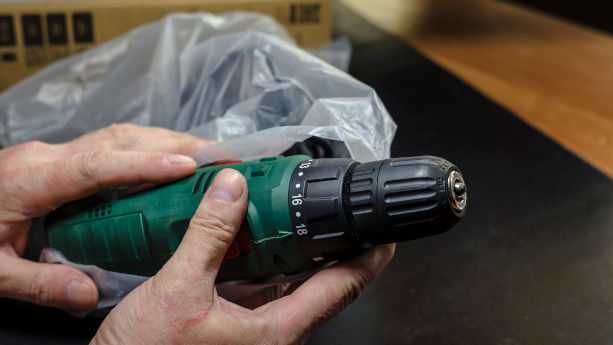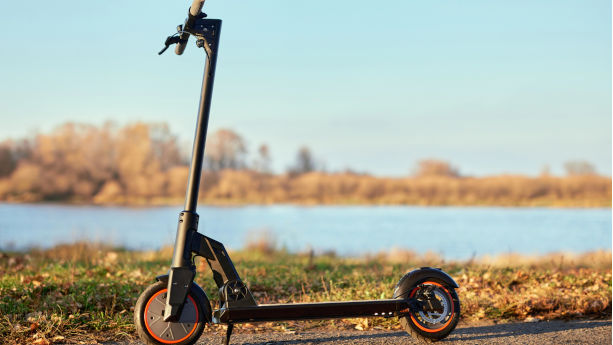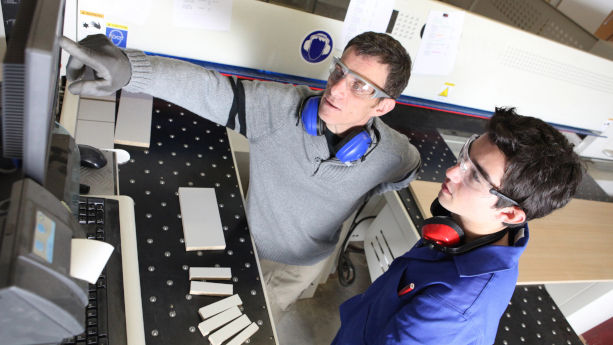Product liability insurance provides coverage in case you face claims due to personal injury or property damage. No product is ‘risk-free’ when it comes to potential safety hazards – which can be caused by unforeseen manufacturing or design errors.
In short, product liability insurance can serve as your last line of defense, if something goes wrong despite your best efforts.
In this guide, we list some of the United Kingdom’s leading product liability insurance providers, covering both insurance companies and brokers.
Continue reading List of Product Liability Insurance Companies in the United Kingdom




























